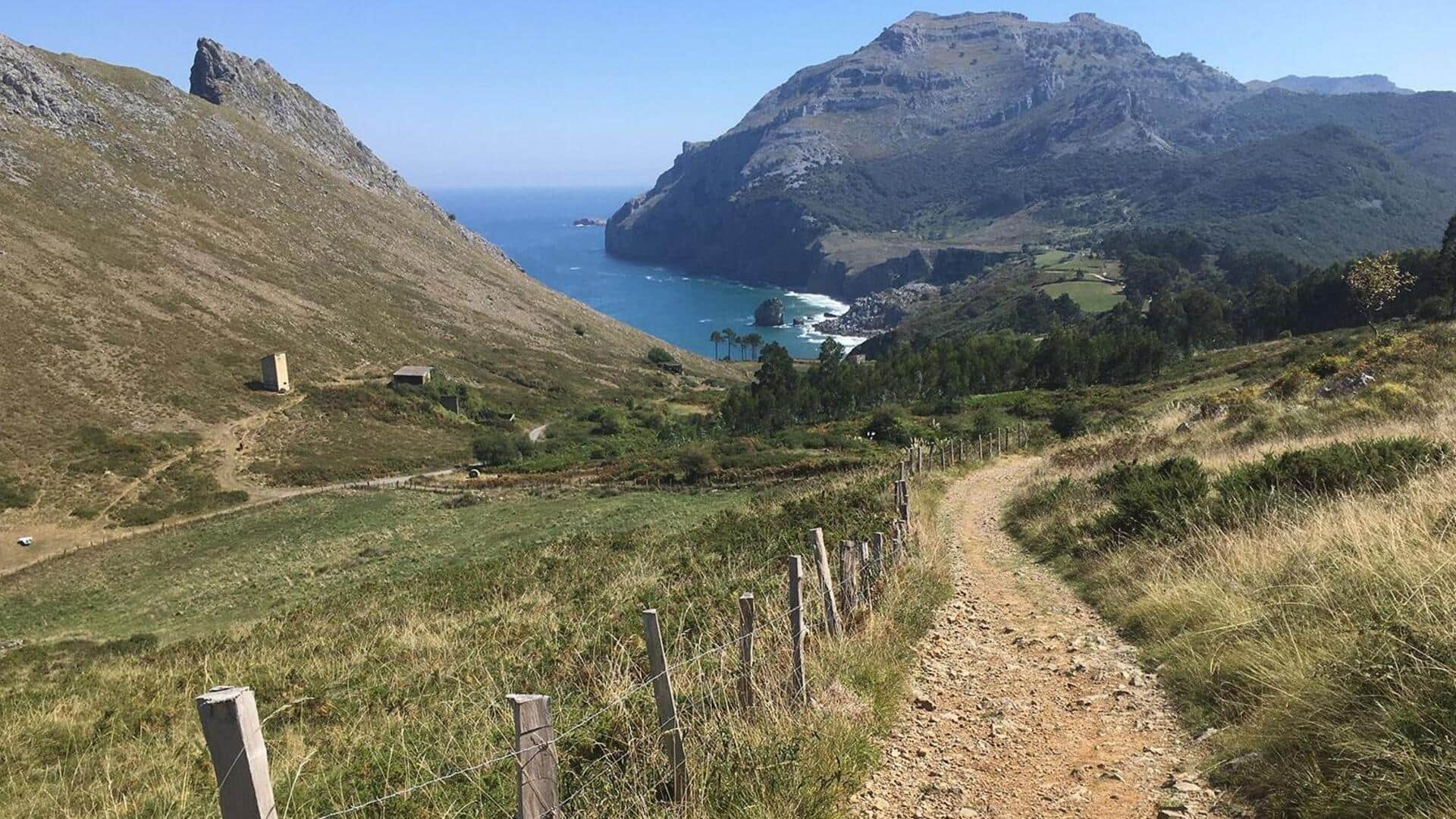
Embark on the spiritual journey of Camino de Santiago, Spain
What's the story
The Camino de Santiago, also known as the Way of St. James, is a network of pilgrimages leading to the shrine of the apostle Saint James the Great in the cathedral of Santiago de Compostela in Galicia, Spain. This ancient route attracts thousands each year, not only for religious reasons but also for its breathtaking landscapes, rich history, and unique cultural experiences.
Choosing path
Planning your route
Before lacing up your hiking boots, it is crucial to select which of the several Camino routes is right for you. The most popular path is the Camino Frances, stretching about 780 km from Saint-Jean-Pied-de-Port in France to Santiago. It offers well-marked paths and ample accommodations. For those seeking a less crowded route with coastal views, the Camino del Norte is an excellent choice.
Gear up
What to pack
Packing light is key for a comfortable journey on the Camino. Essentials include a durable backpack, a water bottle, comfortable walking shoes or boots broken in prior to your trip, lightweight clothing layers for varying weather conditions, and basic toiletries. Don't forget sun protection and a basic first aid kit tailored for blisters and minor injuries.
Accommodations
Where to stay
Along the Camino de Santiago, pilgrims can choose from various types of accommodations. These range from hostels known as albergues to hotels and guesthouses. Albergues offer an authentic pilgrim experience with communal sleeping areas and shared facilities at a minimal cost or donation basis. Booking ahead during peak season is advisable as places fill up quickly.
Cultural immersion
Embracing local culture
The Camino de Santiago offers a journey through Spain's varied landscapes and cultures. Pilgrims engage with locals and fellow travelers, sharing stories and assistance. They are encouraged to explore quaint villages, visit historic churches, and monasteries along their route. Enjoying regional cuisines in different areas adds to the experience, making it a blend of spiritual renewal and physical challenge amidst Spain's rich cultural tapestry.